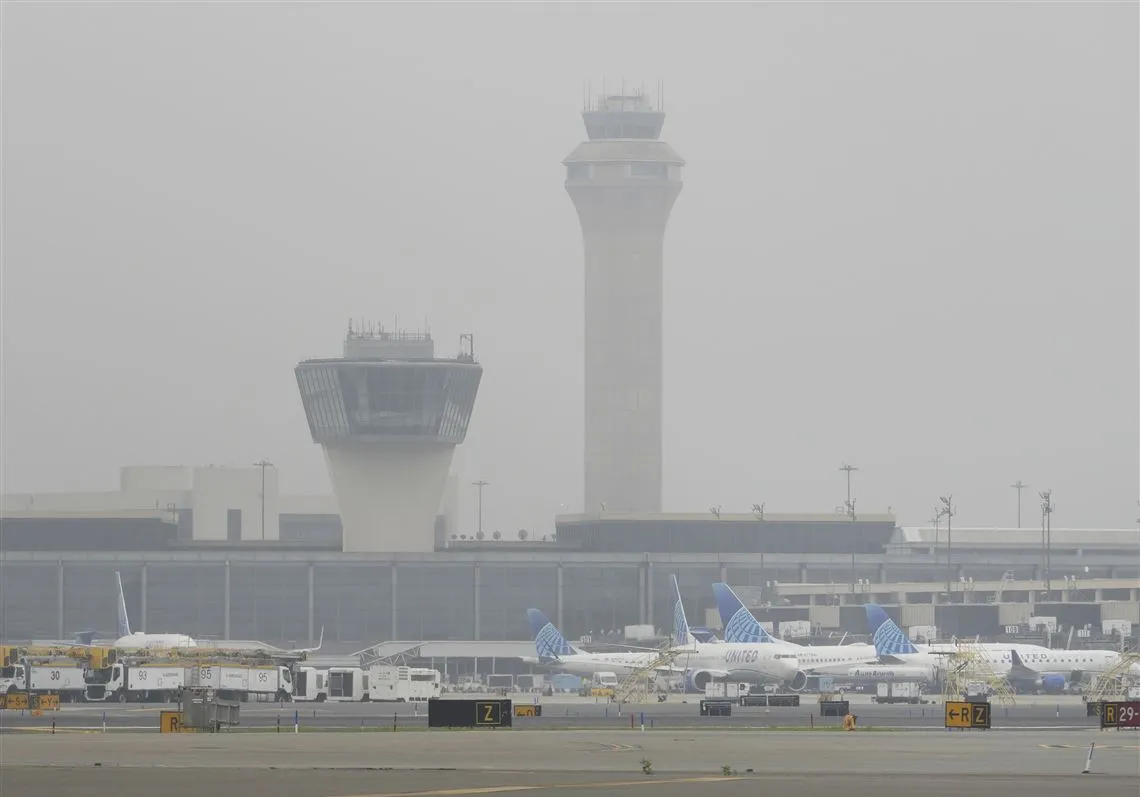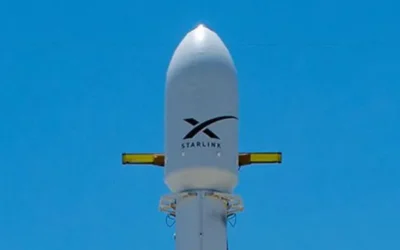Newark Airport Faces Another Radar Outage
In the early hours of Friday morning, Newark Liberty International Airport encountered yet another radar outage that temporarily disrupted air traffic control operations. This incident, reminiscent of similar occurrences in recent months, raises concerns over the reliability of navigation systems crucial for managing one of the busiest airports in the United States.
A Brief Overview of the Incident
According to sources from the Federal Aviation Administration (FAA), the radar blackout occurred at approximately 3:30 AM, when air traffic controllers suddenly lost contact with several incoming and outgoing flights. This alarming situation persisted for roughly two hours, during which air traffic controllers resorted to backup procedures to communicate with pilots.
Despite the technical challenges, no mid-air collisions or serious safety incidents were reported as a result of this outage. However, the disruption significantly affected flight schedules and added to the growing list of delays at Newark, known for its congestion and operational challenges.
The Impact on Flights and Passengers
As a result of the radar outage, dozens of flights experienced cancellations, while others were rerouted to neighboring airports, including LaGuardia and JFK. Passengers were left scrambling as travel plans were disrupted, with many questioning the safety and reliability of Newark Airport’s operations.
Travelers at Newark expressed frustration over the recurrent technical issues plaguing the airport. “It’s concerning to see this happen again, especially with so many people relying on air travel,” said John Mendez, a traveler who was trying to catch an early morning flight to Orlando.
Authorities Weigh In
In the aftermath of the outage, the FAA announced it would conduct a thorough investigation to determine the cause and to suggest measures that could mitigate the risks of future occurrences. The FAA spokesperson stated, “We recognize the challenges that radar outages pose to safe and efficient air travel, and we are committed to ensuring that such incidents are addressed promptly and effectively.”
Local legislators have voiced their concerns as well. Senator Cory Booker and Representative Frank Pallone called for increased funding for upgrades to airport infrastructure, emphasizing that the safety of passengers should be the utmost priority. “Air traffic control systems are the backbone of aviation safety,” Booker remarked. “We need to ensure that our facilities have the resources they need to operate smoothly.”
A Pattern of Disruptions
This incident is not the first time Newark Airport has faced significant radar outages. Previous occurrences have raised alarms regarding the aging infrastructure and technology employed in the air traffic control system. Reports indicate that much of the radar technology at Newark has not been updated in years, contributing to reliability issues.
Several aviation experts have warned that continued reliance on outdated systems could pose risks to air safety. Dr. Linda Garret, an aviation safety consultant, stated, “As technology evolves, it is crucial that air traffic control systems also adapt to modern standards. The trend of outages we’ve seen recently highlights how change is long overdue.”
The Bigger Picture: Addressing Air Traffic Control Challenges
Air traffic controllers play a pivotal role in ensuring the safety and efficiency of flights, and interruptions like the recent radar outage can throw operations into disarray. The FAA and related authorities must prioritize upgrading technology and infrastructure in order to provide a reliable service. Inadequate systems can lead not only to inconveniences for travelers but could also have serious safety implications.
Many experts believe this situation could serve as a catalyst for the government and aviation agencies to focus on long-term solutions. “Investing in modernization efforts is not just beneficial; it is essential for retaining public confidence in our air travel systems,” noted Garret.
Looking Forward
As Newark Airport grapples with returning to normalcy following the latest radar outage, the focus remains on preventing such technical failures in the future. Travelers and aviation authorities alike are hopeful that lessons from this experience will spark much-needed investment in modernizing air traffic control systems.
The FAA has indicated that it will release a detailed report on the incident shortly, shedding light on potential causes and the necessary steps moving forward. Until then, airports, air traffic controllers, and travelers remain vigilant, seeking assurance that safety will always take precedence in air travel.
Conclusion
The radar outage at Newark Airport serves as a stark reminder of the vulnerabilities that can impact air travel. While short-term disruptions can frustrate travelers, the long-term implications for safety and reliability demand immediate attention from authorities. In an era where air travel is vital for personal and economic reasons, ensuring that our air traffic control systems are primed for the future is imperative.
As Newark continues to recover from this incident, it remains to be seen what steps will be taken to bring about necessary reforms and improvements to safeguard the millions who pass through its gates each year. As we await further updates from the FAA and local agencies, one thing is certain: air travel demands innovation and a robust commitment to safety.







